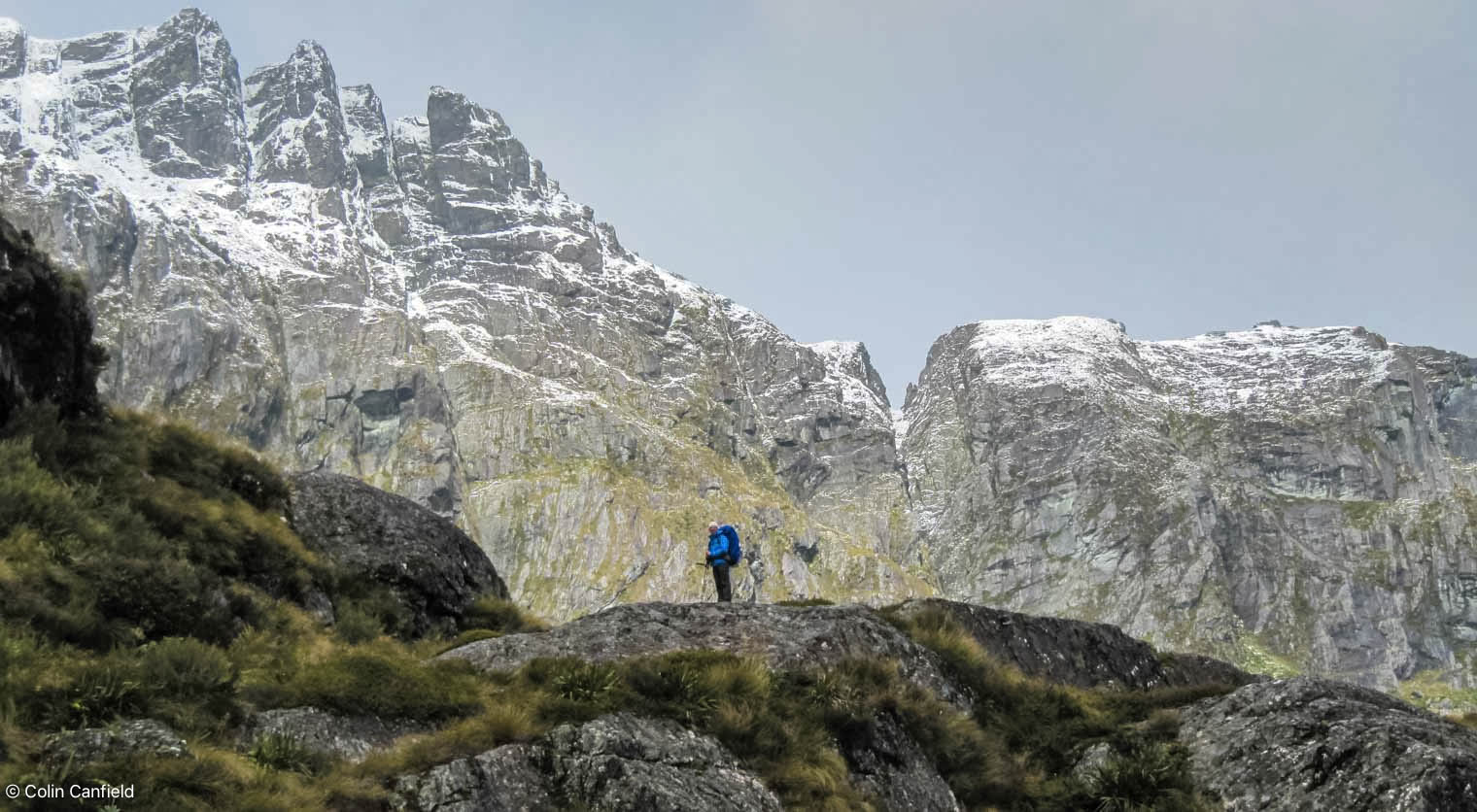This article is more of a diary reminder for myself on my training for the Queenstown Marathon, hopefully, someone else will also find it useful.
While the Marathon isn’t easy, it is the training time that really makes it a tough event. For me 20 weeks of dedication; 2 or 3 times during the week and at least one day of every weekend off for a long run, when you are doing a 26-30km training run there isn’t much energy left over. Dropping some of my favourite Audax rides was a given, I limited them to 200km’s and near the last month even dropped back to 100km’s. Let alone tennis comps, hikes, trips to the beach etc.
My training was different this time, in the past I had been trying to maintain reasonable cycling distance which is just impossible with most training programs. This time I tried using the “Run Less, Run Faster” plan by Bill Pierce, Scott Murr and Ray Moss. The idea seemed great, 3 days of hard running instead of the normal, slightly longer, 4 or 5 days. The off days have pretty strong cross-training. Perfect, I thought, my cycling can still fit in. About 5 weeks from the end I gave up on it, it was making me faster but the lack of distance was worrying; I had niggling little injuries that weren’t healing and it didn’t feel like my legs had enough km’s to get through without a bigger injury or bonking on the day. Maybe if I was 10 years younger and gifted it would work, but not for me 😀 Instead I switched to a tried and true Hal Higdon plan, using the RLRF run times for the ‘hard’ Hal days. This combination seemed to feel better for my legs and I would probably recommend it to most people who aren’t semi-pro.
In the end, the last 4-5km of the run were really hard, I wish I had done the switch a little earlier (Of course, the last 4-5km of a Marathon are never going to be easy! )
If I ever do another one, I think I will use the ‘hybrid’ idea right from the beginning, but I don’t think I am willing to devote another 4-5 months, and I have been enjoying trail running more than road. Smaller runs, long rides, maybe some gravel bike races and hikes will fill the void – for now…
